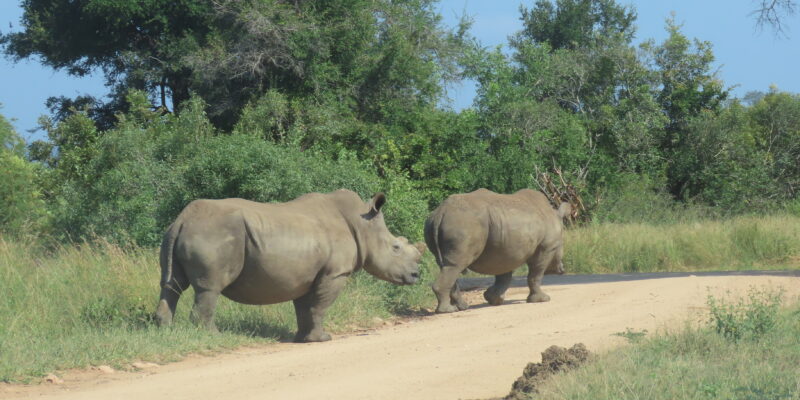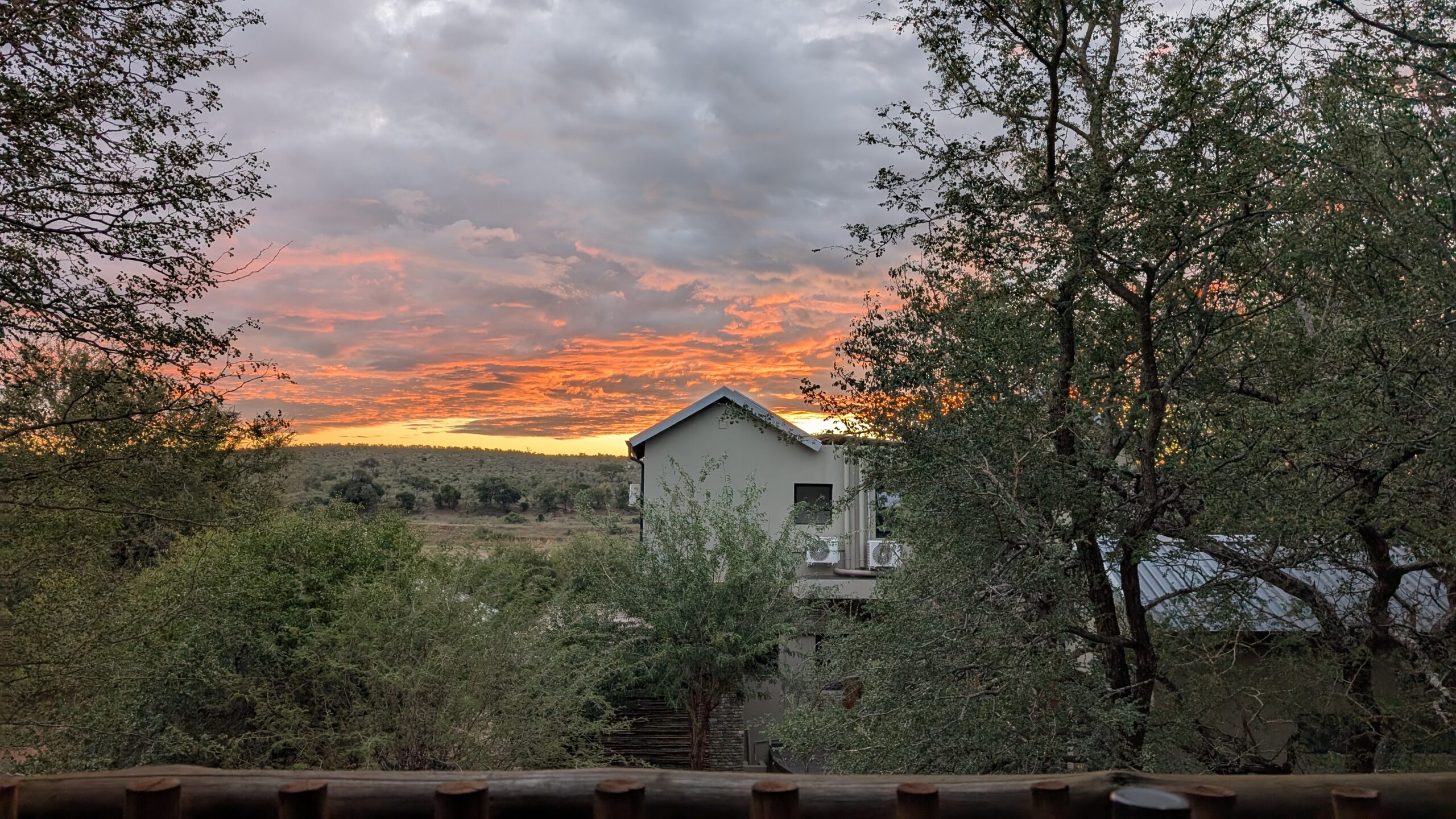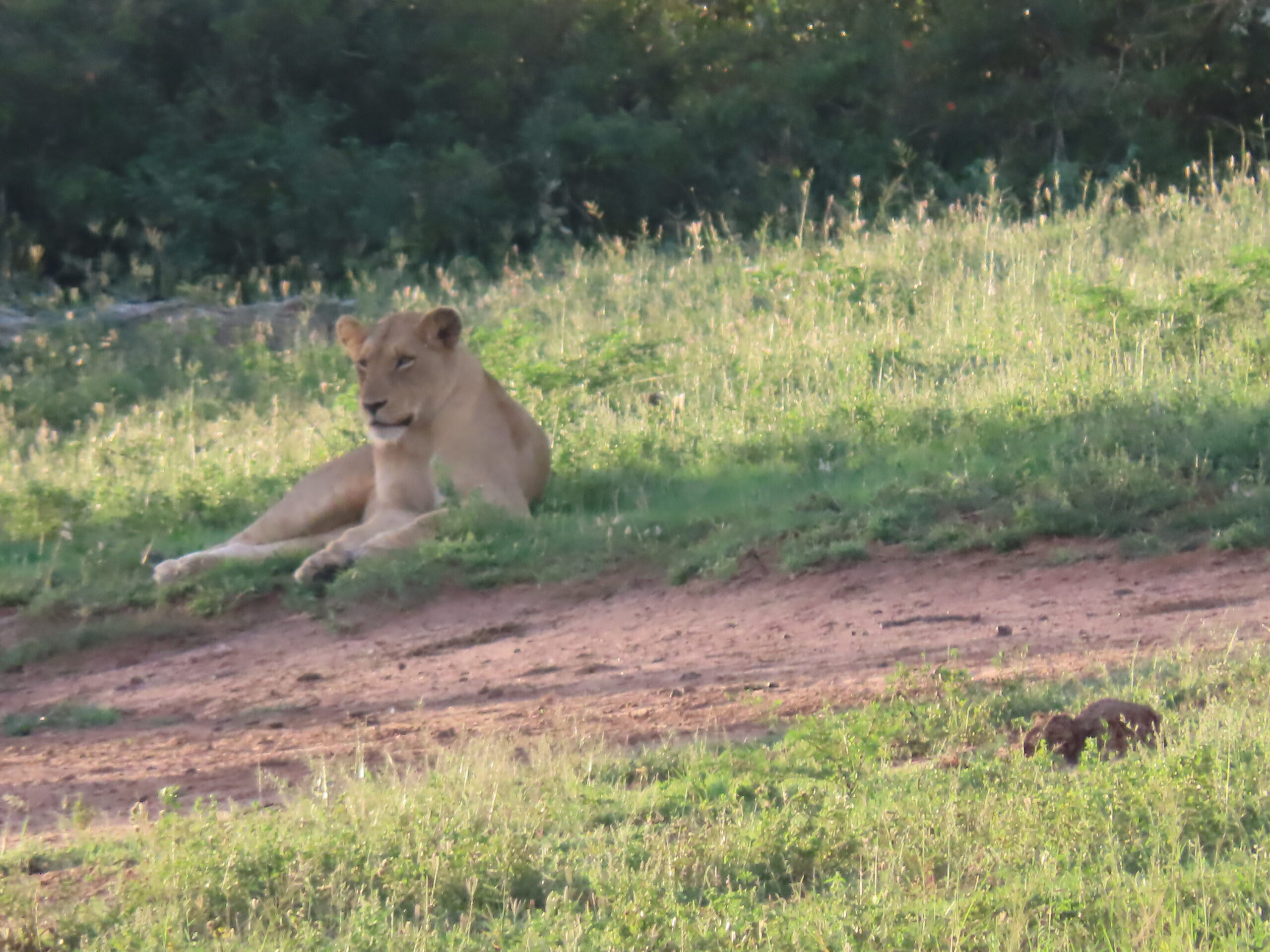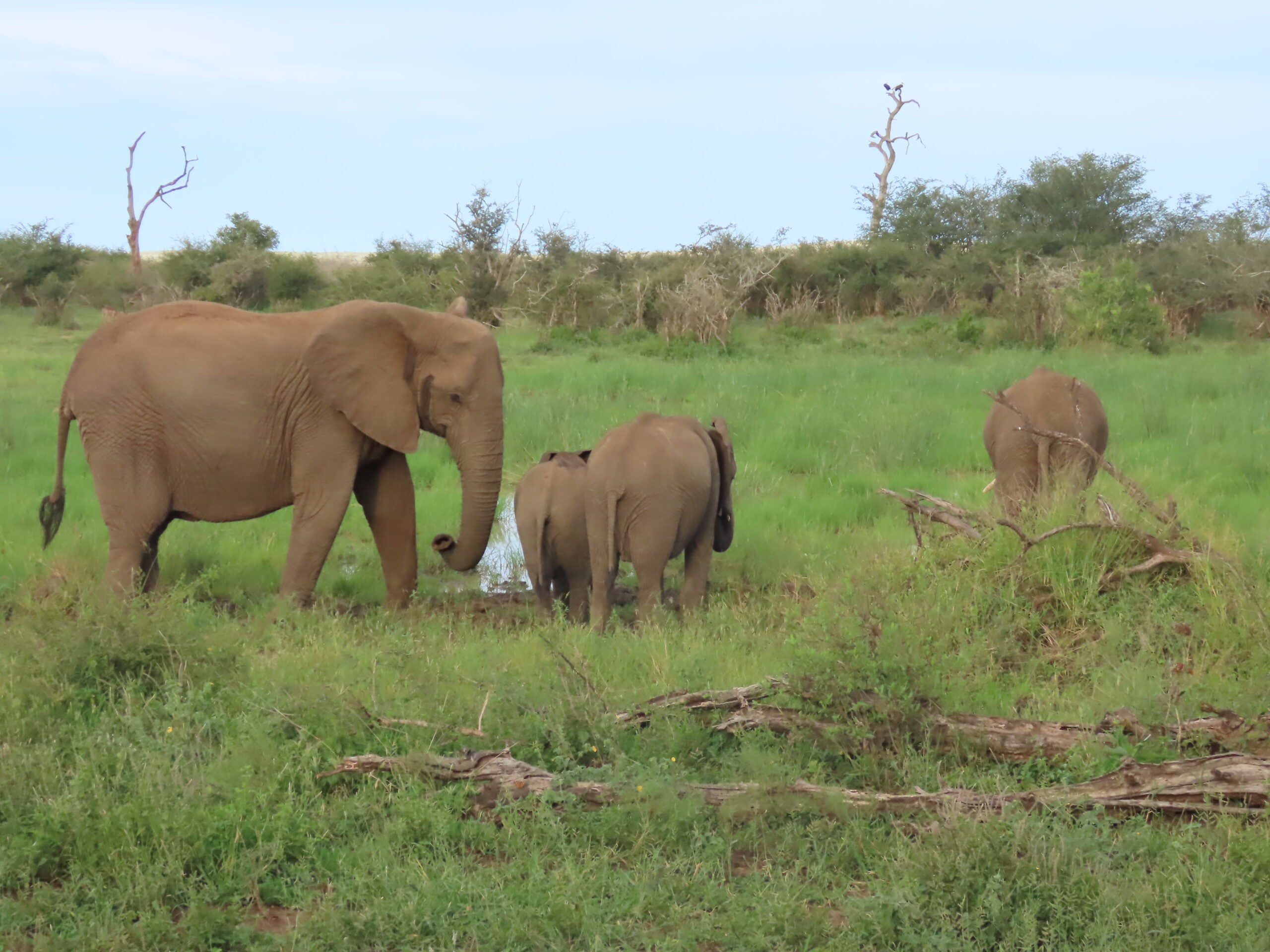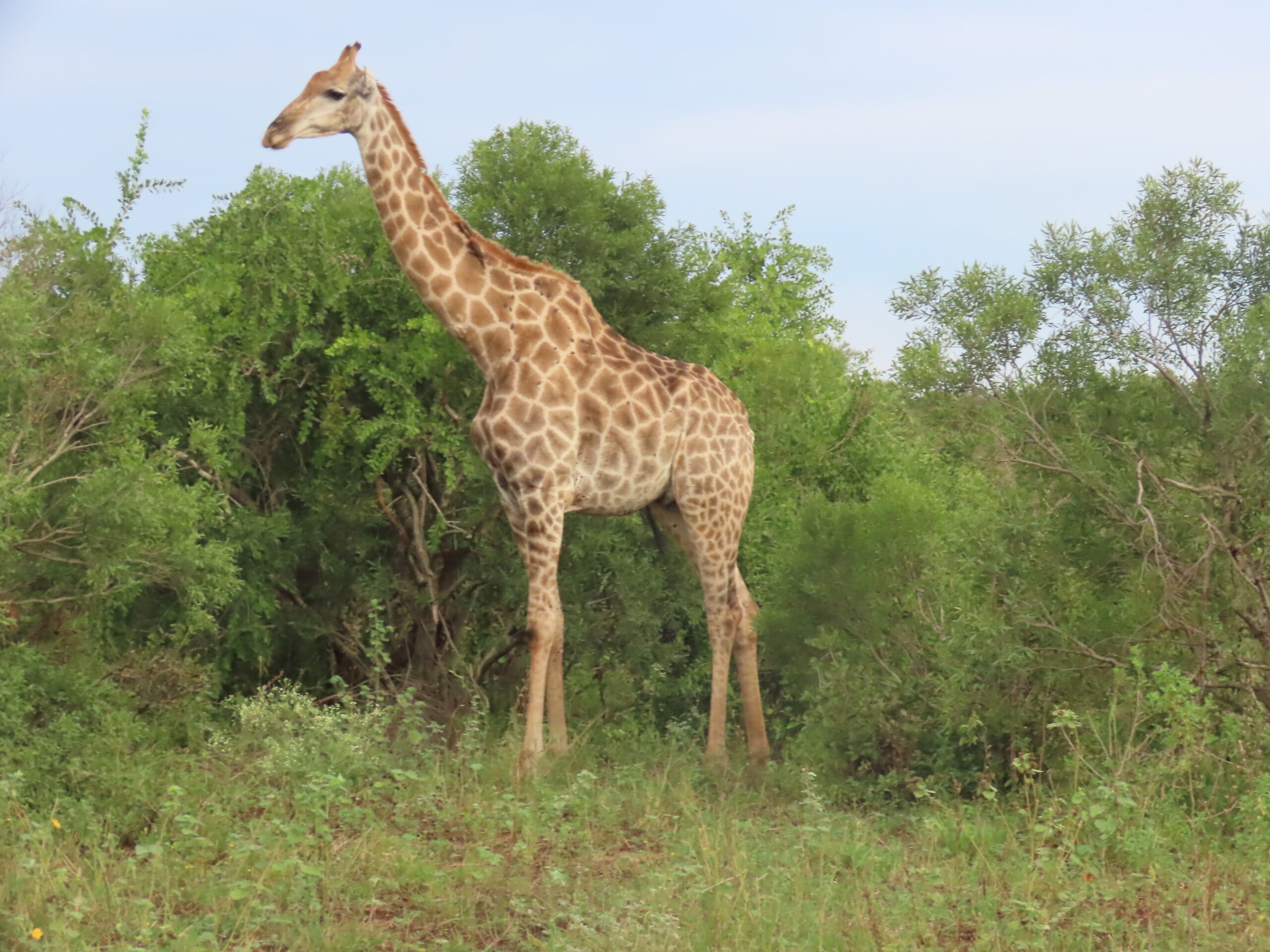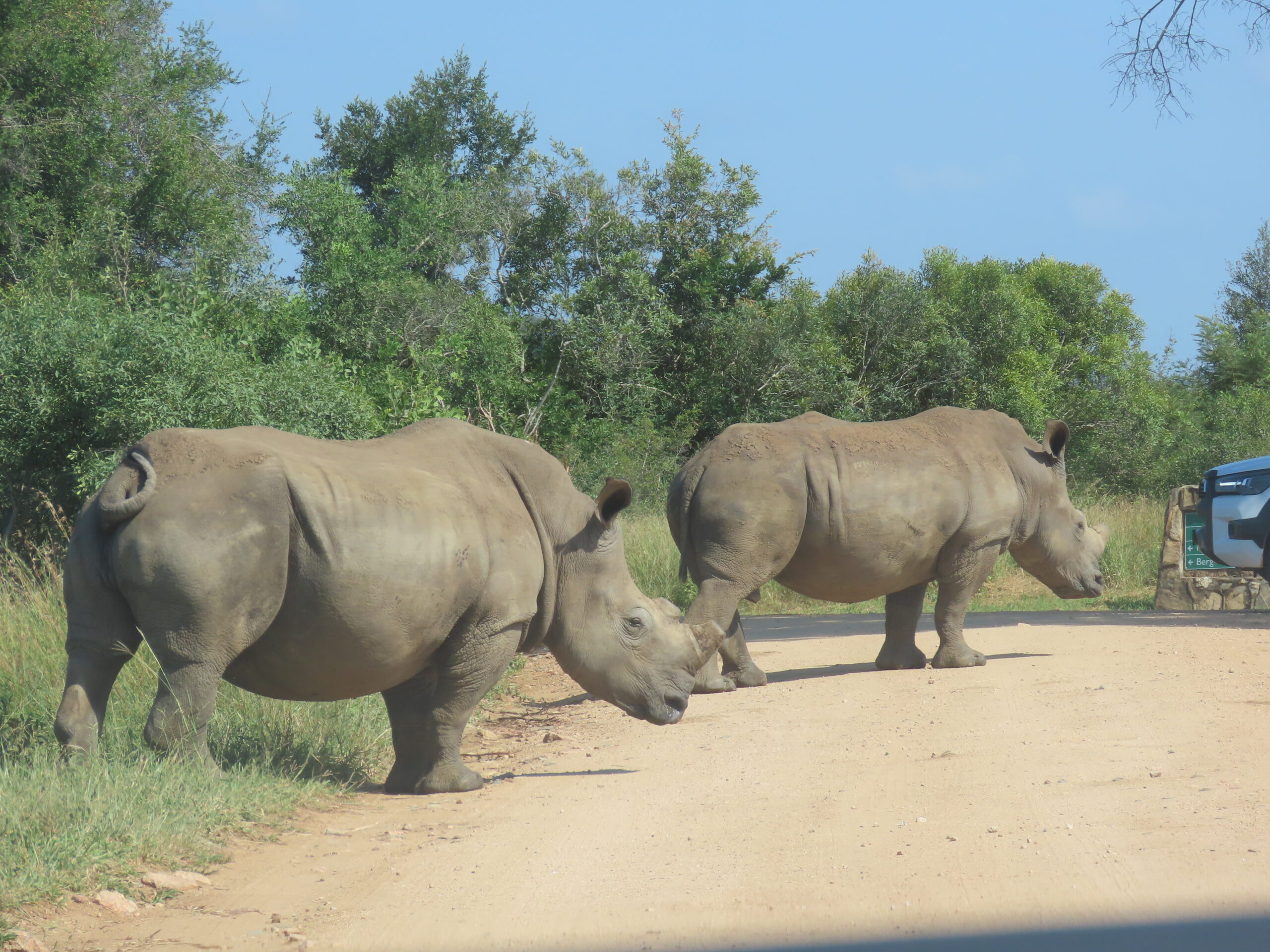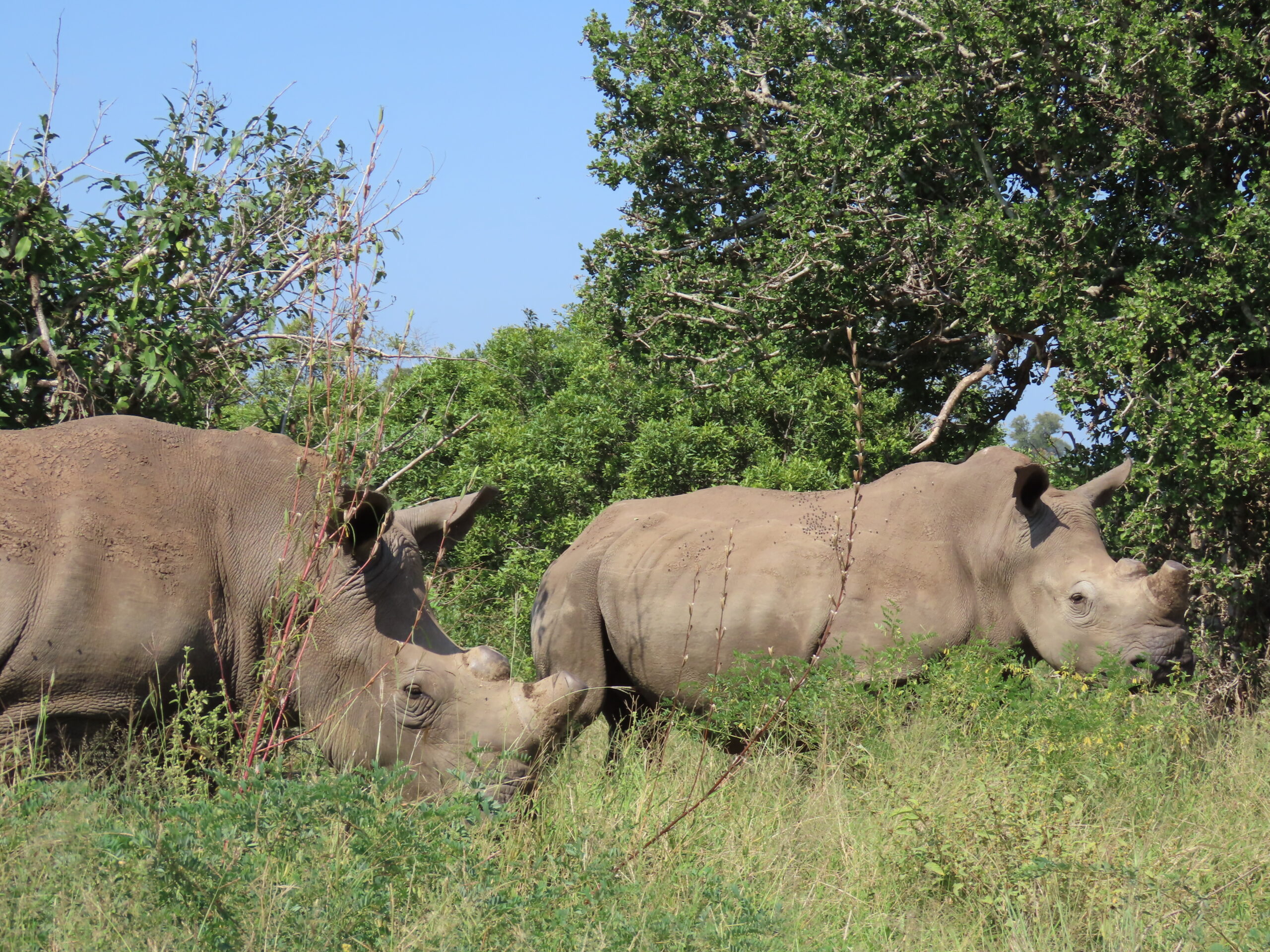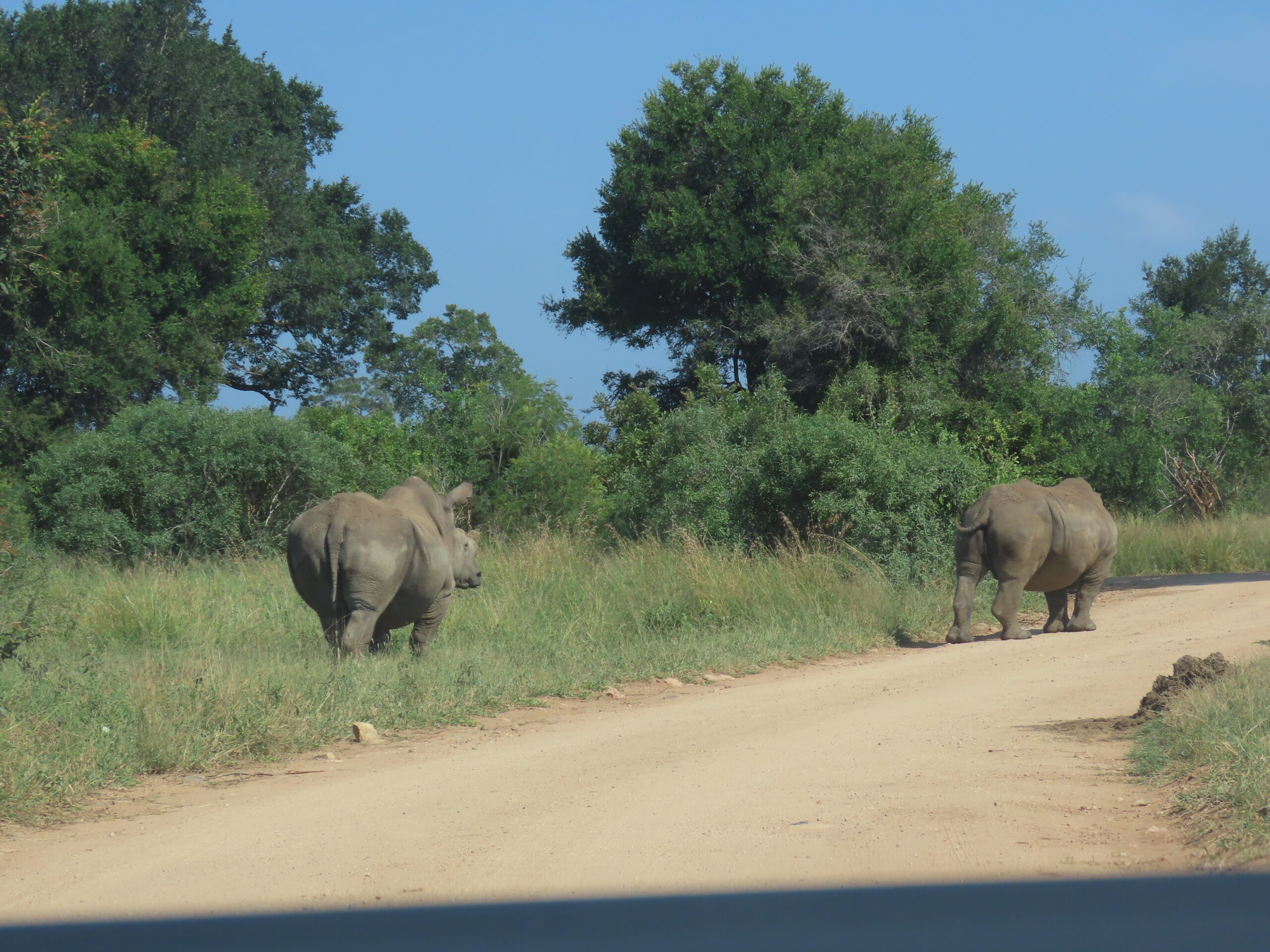
Lisa has been an easy houseguest for the past month. Her easy-going nature, enthusiasm, and positive attitude made her time with us inspiring and delightful. Our conversations flowed with ease as the three of us sat on the veranda after dinner most nights, listening for every sound in the bush and relishing the wonders surrounding us.
Tomorrow, around noon, Tom and Lisa will head to the airport in Nelspruit for her to catch her flight around 3:00 pm and for him to swap out the rental car for the next 24 days until we depart for Minnesota on May 24. We’re excited to see family and friends, but when the three weeks end, we’ll be excited to return to Marloth Park.
Then, three months later, we’ll be flying to Spain for the next leg of our journey.

It’s all very exciting to us. Over these past 12½ years, we haven’t lost an iota of enthusiasm in continuing our world travels. We remain in awe of the world around us and the opportunity to see new places, meet new people, and enhance our vast repertoire of outstanding experiences.
It was fun sharing our stories and adventures with Lisa over this past month, as she shared her travels and adventures with us. We never experience silence in our endless conversations, whether we were sitting outside on the veranda in the morning or at night, or out to dinner.
Now, we are looking forward to our friends Karen and Rich coming here for 18 days at the beginning of July. They, too, have never been to Africa and can’t wait for this enriching experience. Karen and I chatted at length a few days ago while I filled her in on some details about traveling to the continent.

Today is an easy day. Later this afternoon, we will return to Le Fera Restaurant at Ngwenya Lodge to watch for wildlife on the Crocodile River and enjoy dinner in their restaurant after sunset.
And then, tomorrow, I’ll be busy cooking midday when Tom and Lisa head to Nelspruit to the airport.
That’s it for today, folks. We’ll be back with more tomorrow.
Be well.
Photo from ten years ago today, April 30, 2015:



